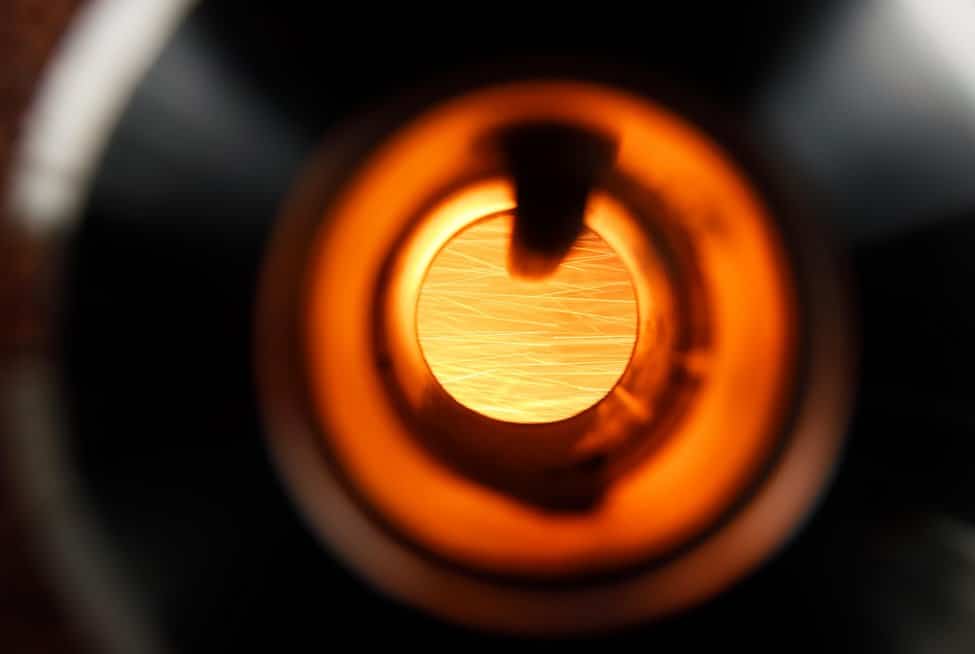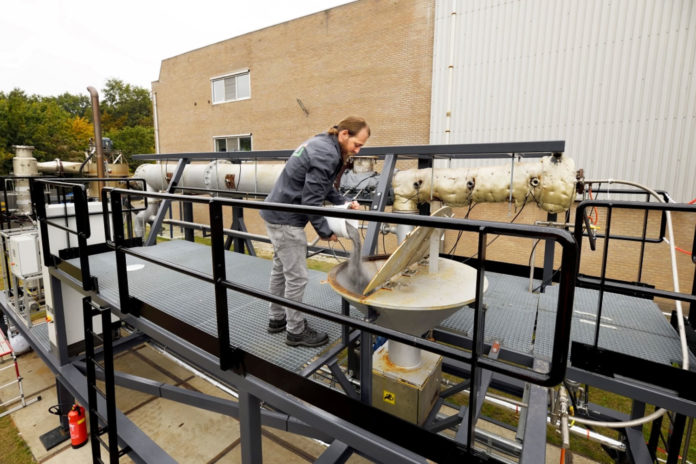Despite the active development of technologies in the field of renewable energy sources, burning fossil fuels still generates most of the electricity that mankind receives. According to the researchers, a metal powder that does not leave a carbon footprint after combustion can become an alternative to traditional coal.
Researchers and student team SOLID of TU Eindhoven (TU/e) – together with Swinkels Family Brewers and the Metal Power consortium – are presenting the world’s first industrial installation to use iron powder as a new, circular fuel.
By successfully connecting the installation to the brewing process of brewery Bavaria, one of the breweries of Swinkels Family Brewers, the parties have proven that iron fuel can be applied as a sustainable substitute for heat-intensive industries and power plants. Its technical parameters were not given; it was only graphically informed that the brewery is a typical example of an industrial process powered by (fossil) fuels. With the current set-up, it is possible to brew 15 million glasses of beer.

The powdered iron has many advantages as a fuel: Iron itself is a cheap and widely available element, and it is recovered from rust using energy from renewable sources. The efficiency of this process is up to 80%, which is as much as in the most modern water electrolyzers.
The iron fuel is a promising energy carrier that is CO2-free, reusable, safe, compact, and easily transportable. In addition, iron powder has a good energy density due to its high burning temperature of up to 1,800 °C. Also, it doesn’t need to be cryogenically cooled or lose any energy during long periods of storage. Even more advantages, according to the researchers, the iron fuel is easy and safe to store for longer periods and to transport over longer distances.
The iron powder can improve sustainability in the industry and, for example, coal-fired power stations. SOLID is currently working on upscaling to 1 MW and the technical improvement of the system. By 2024, the researchers plan to build a 10 MW power plant entirely relying on iron powder, and by 2030 – to begin the conversion of the first coal-fired power plants into sustainable iron fuel plants.
“Next to the combustion process, we are also busy converting the residual product – rust powder – back into iron fuel via the so-called regeneration process,” says Chan Botter, who leads student team SOLID. “This allows us to store sustainable energy in iron fuel and complete the iron fuel cycle. We’re looking into various technologies, both existing and non-existent, to realize this. The first results will become apparent at the beginning of next year.“
